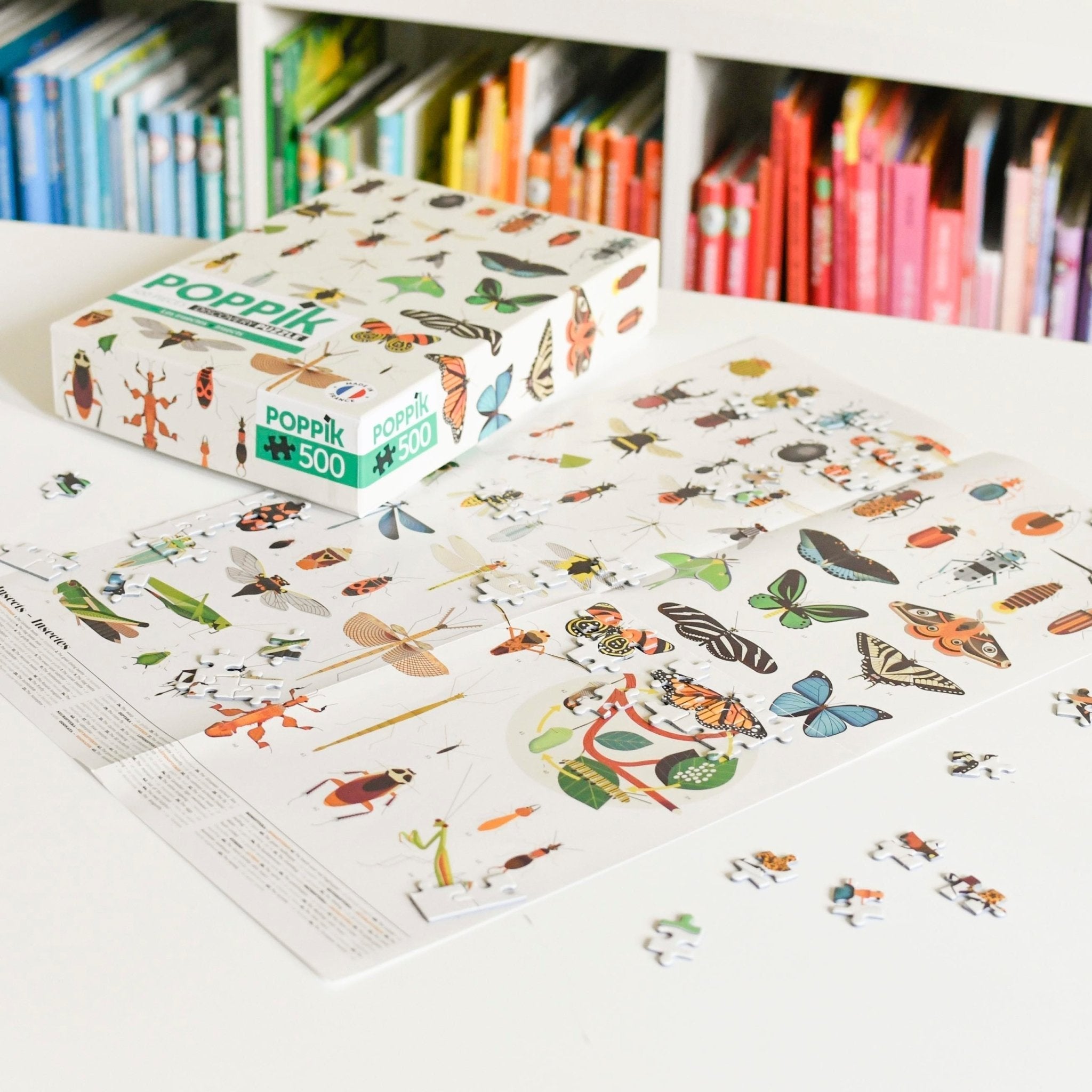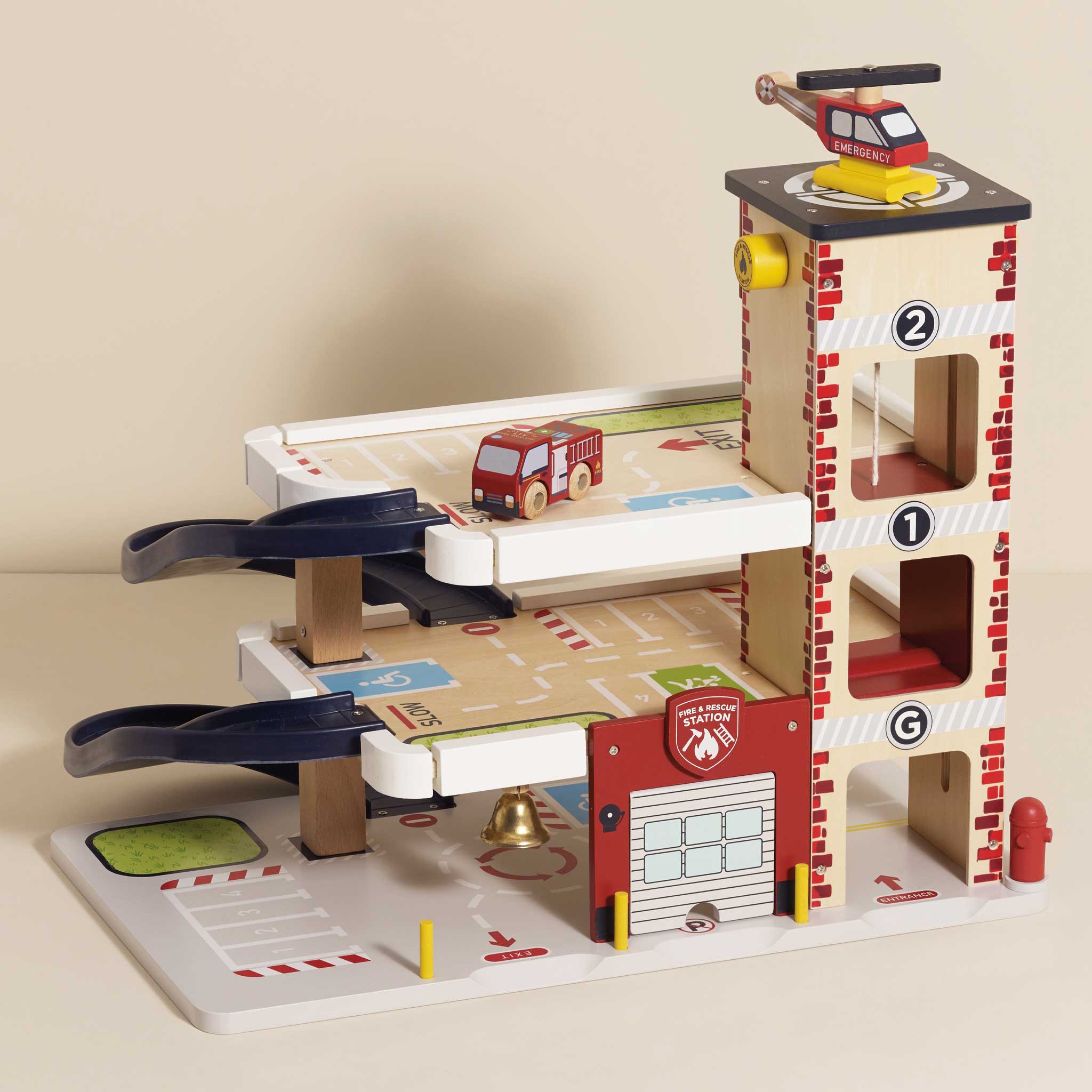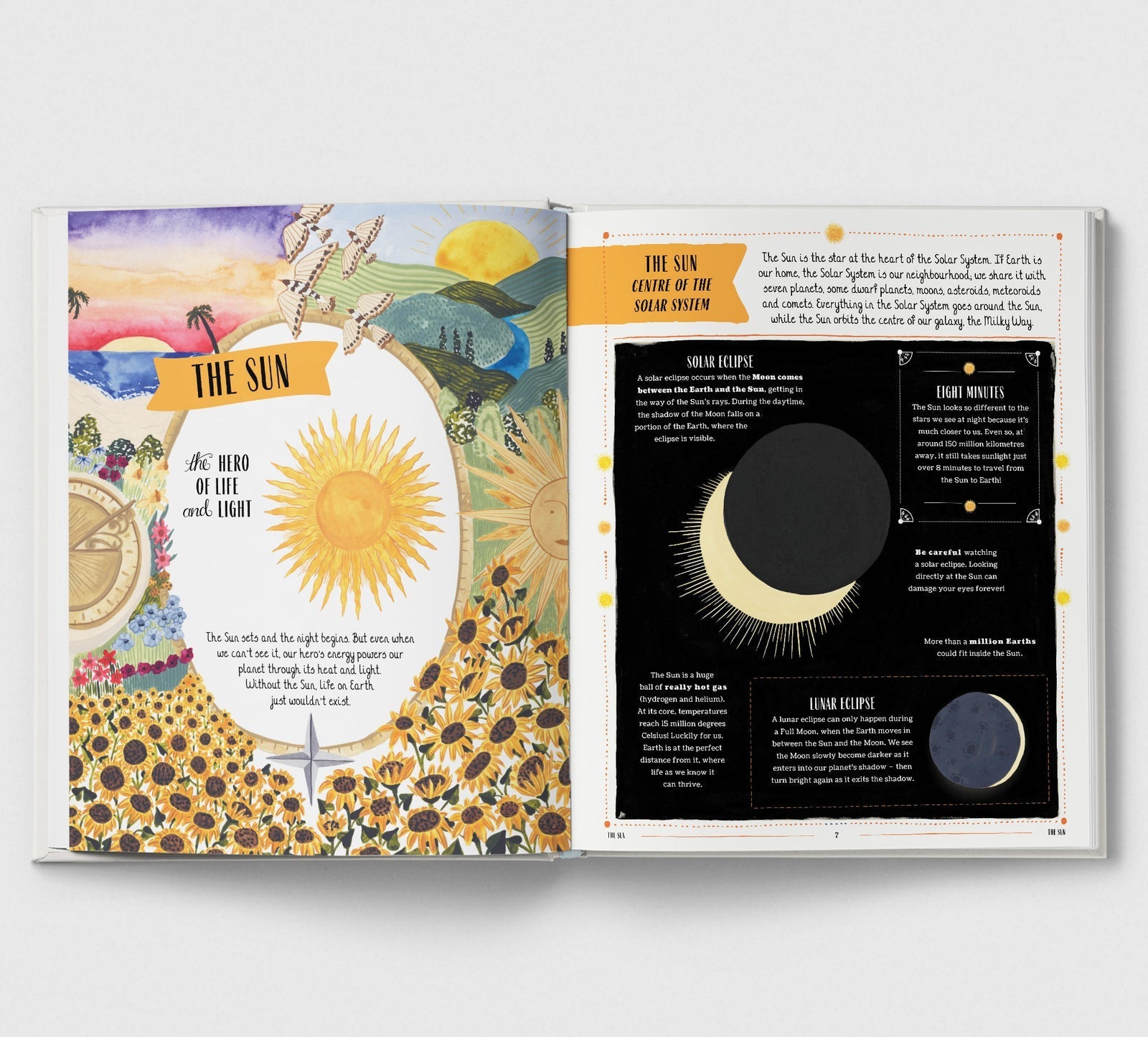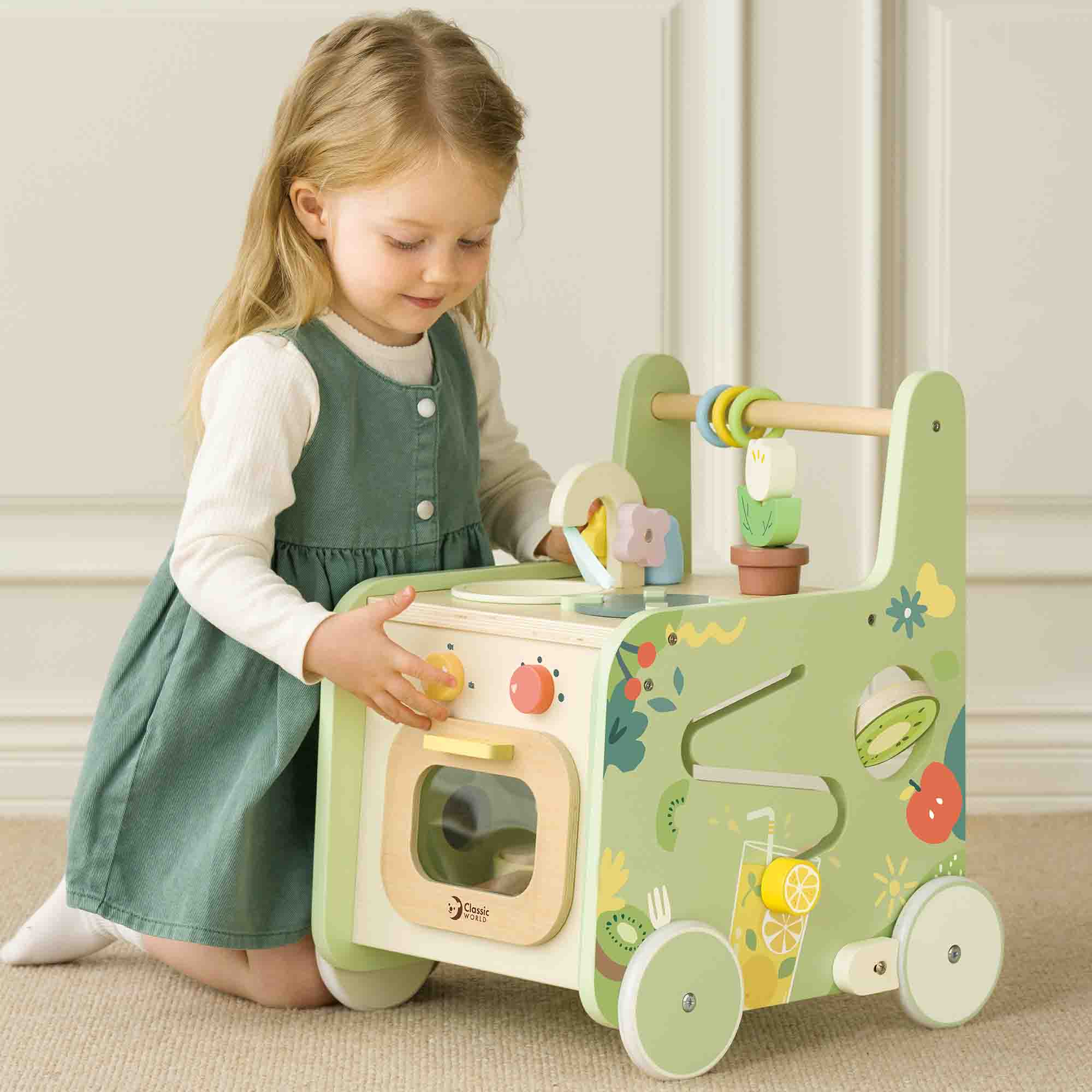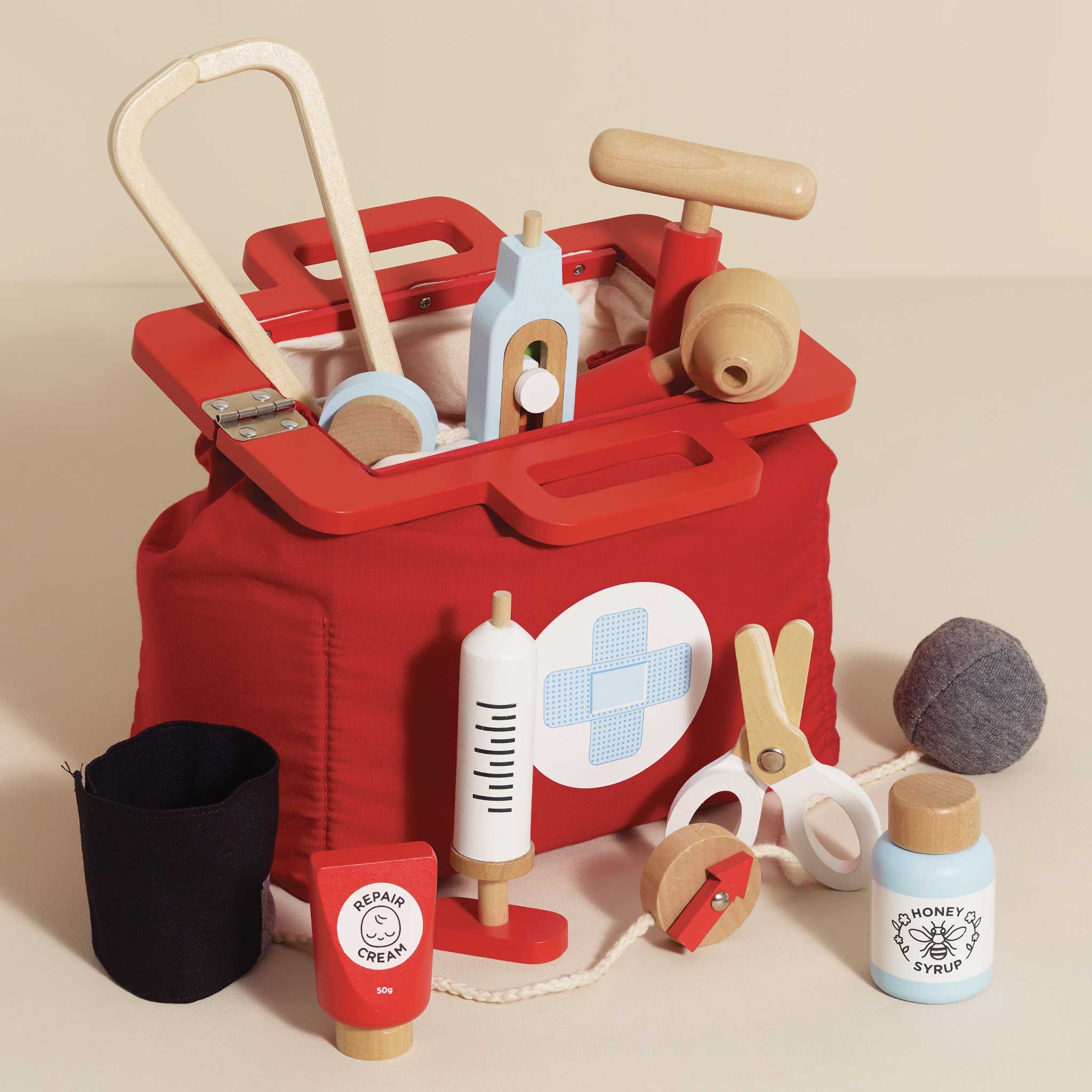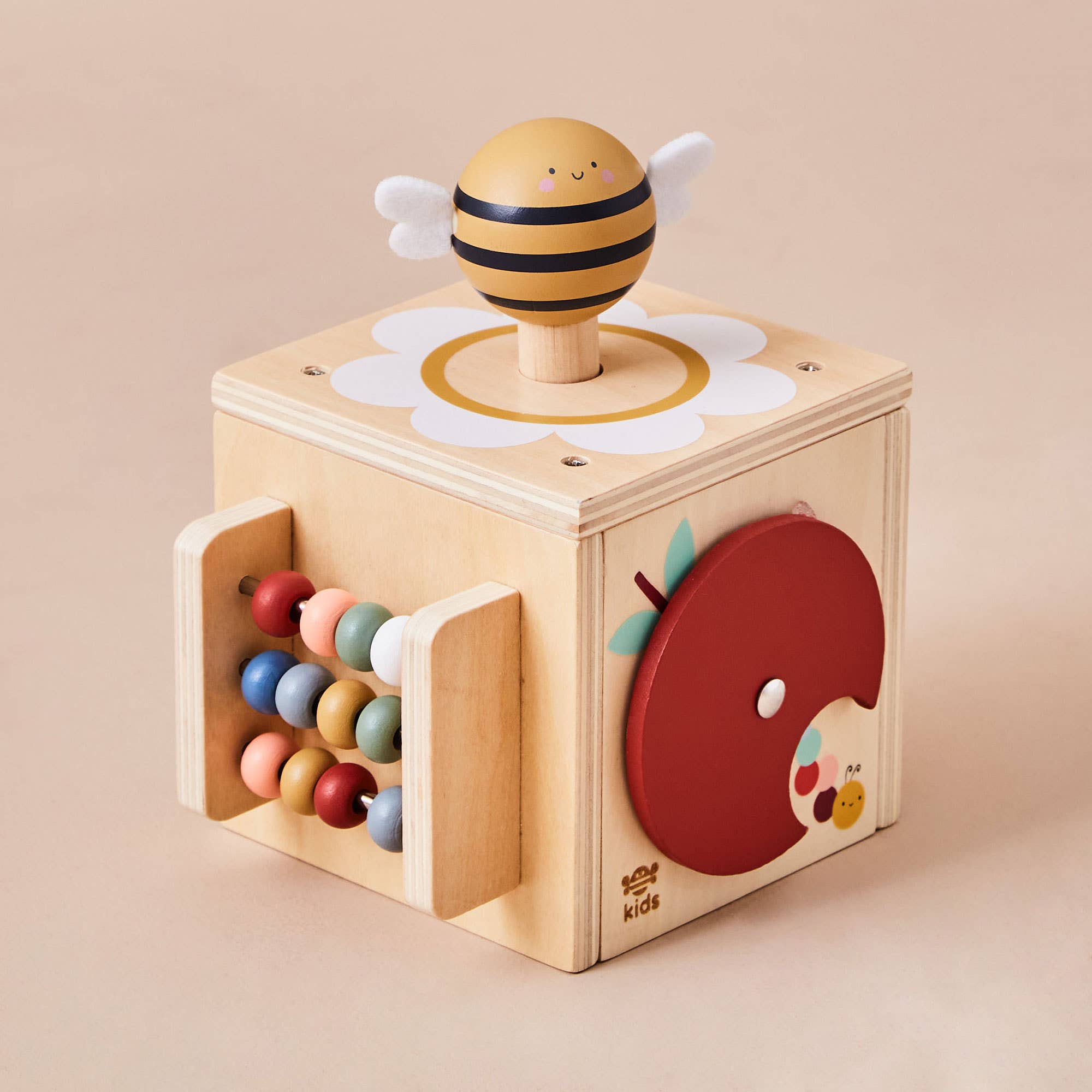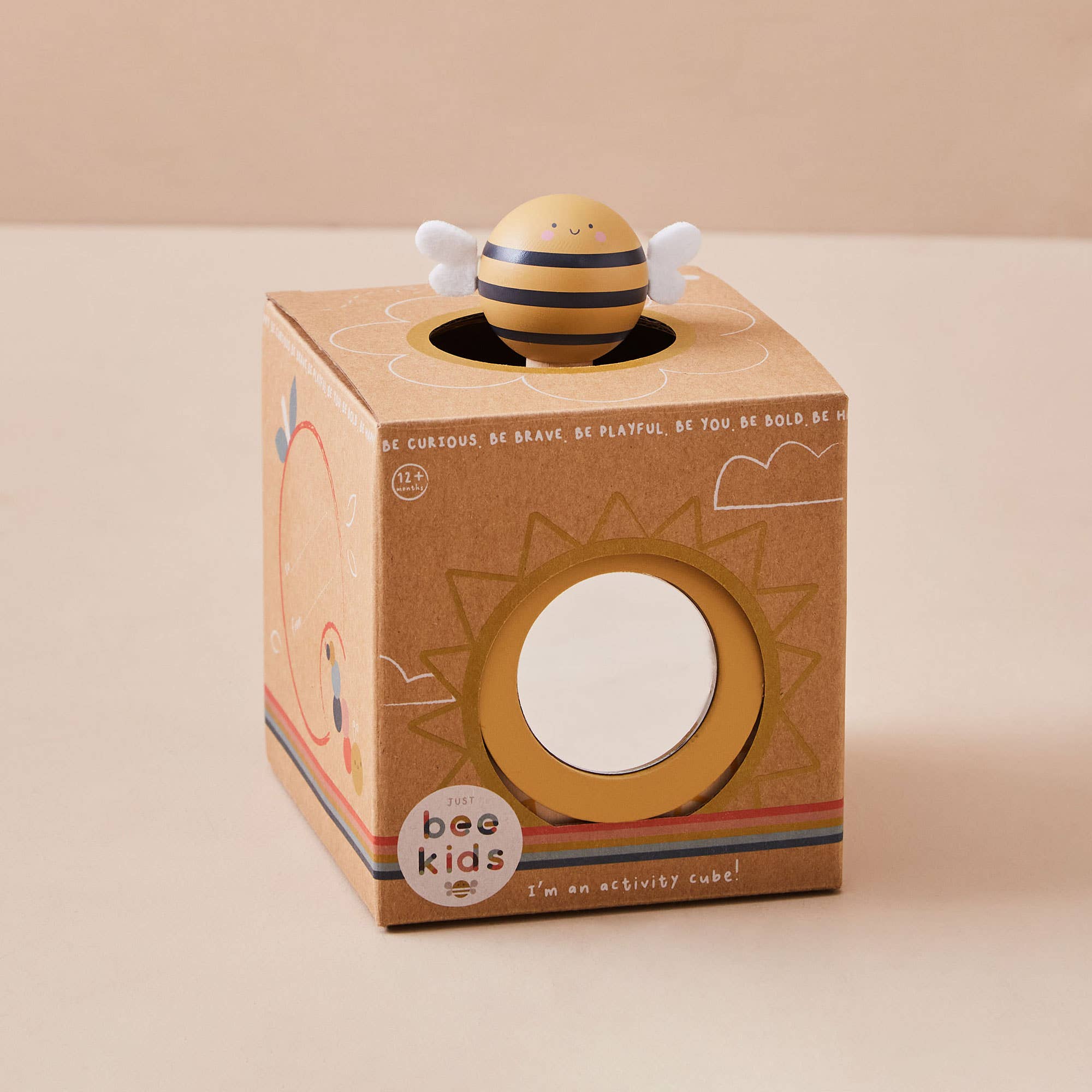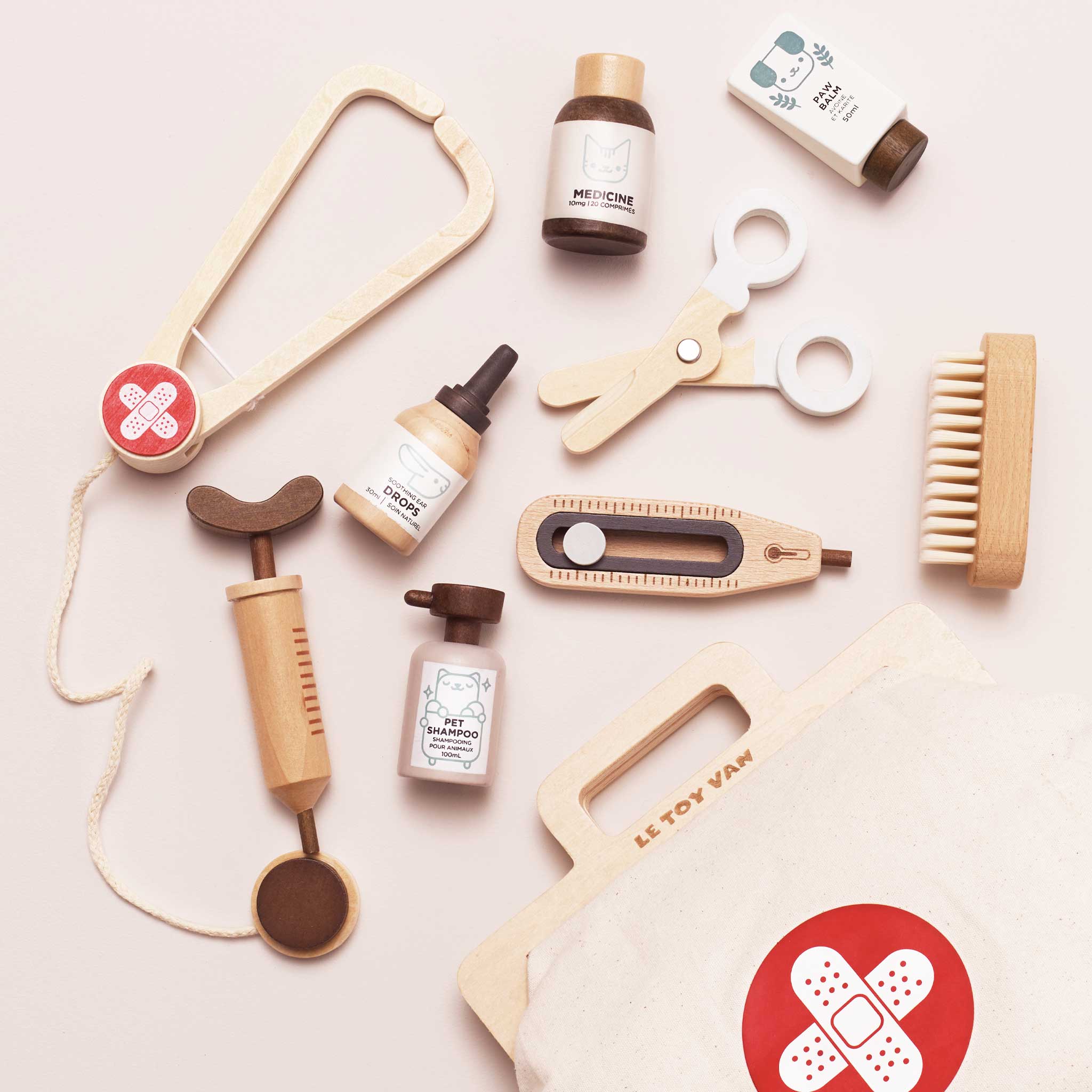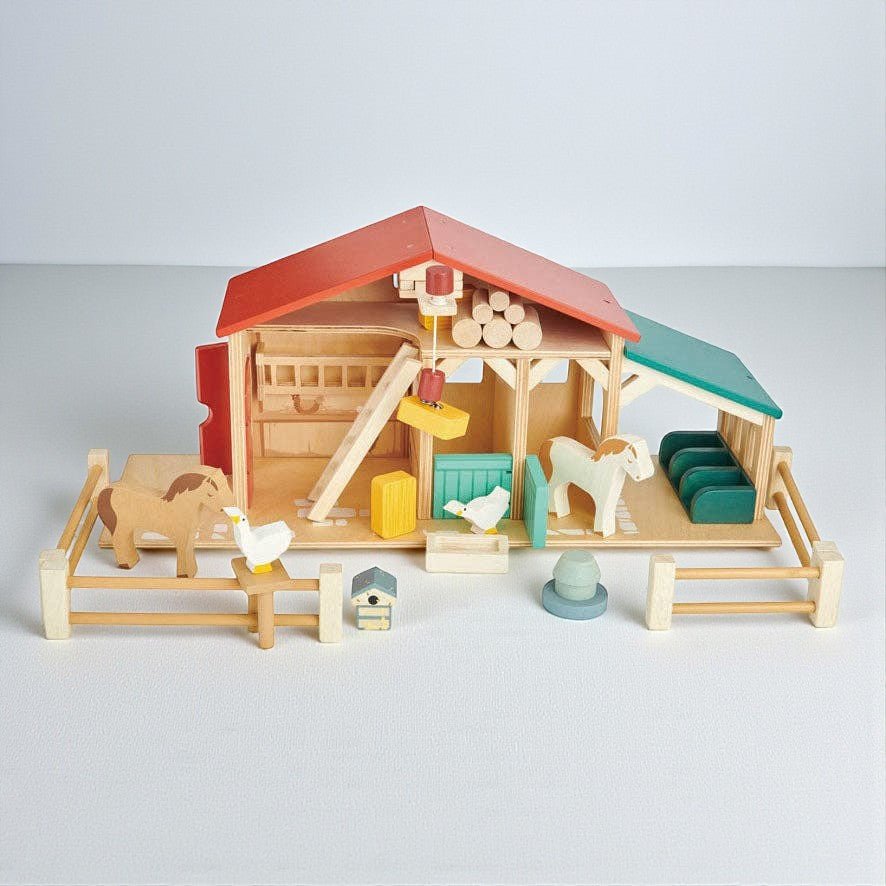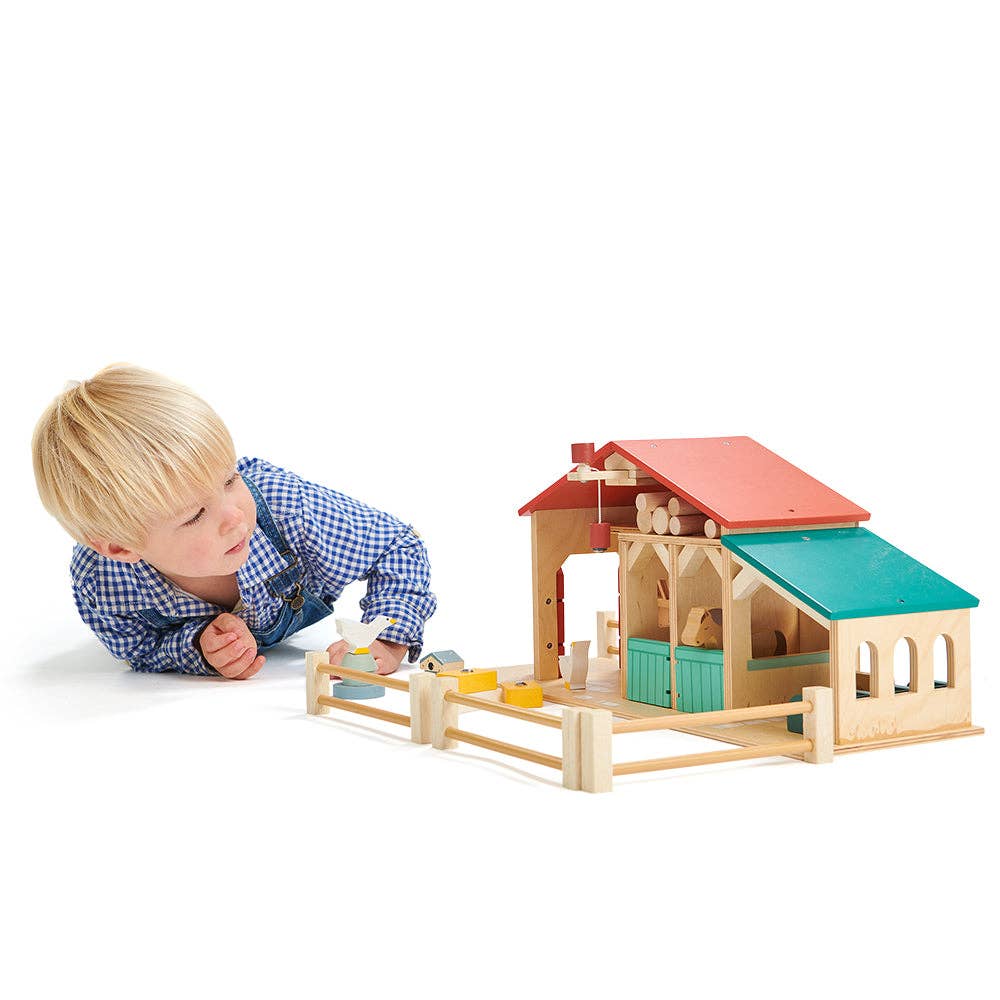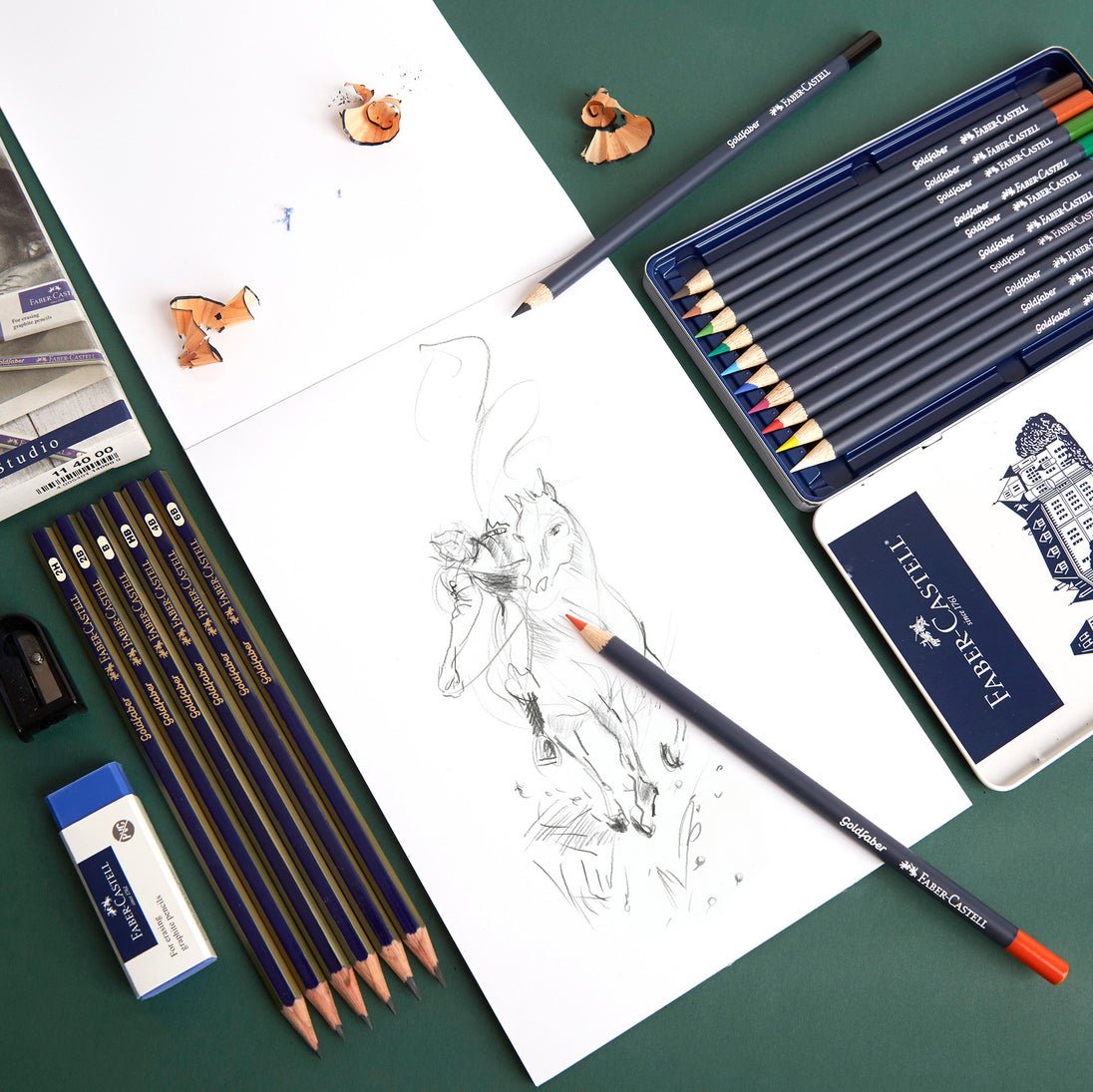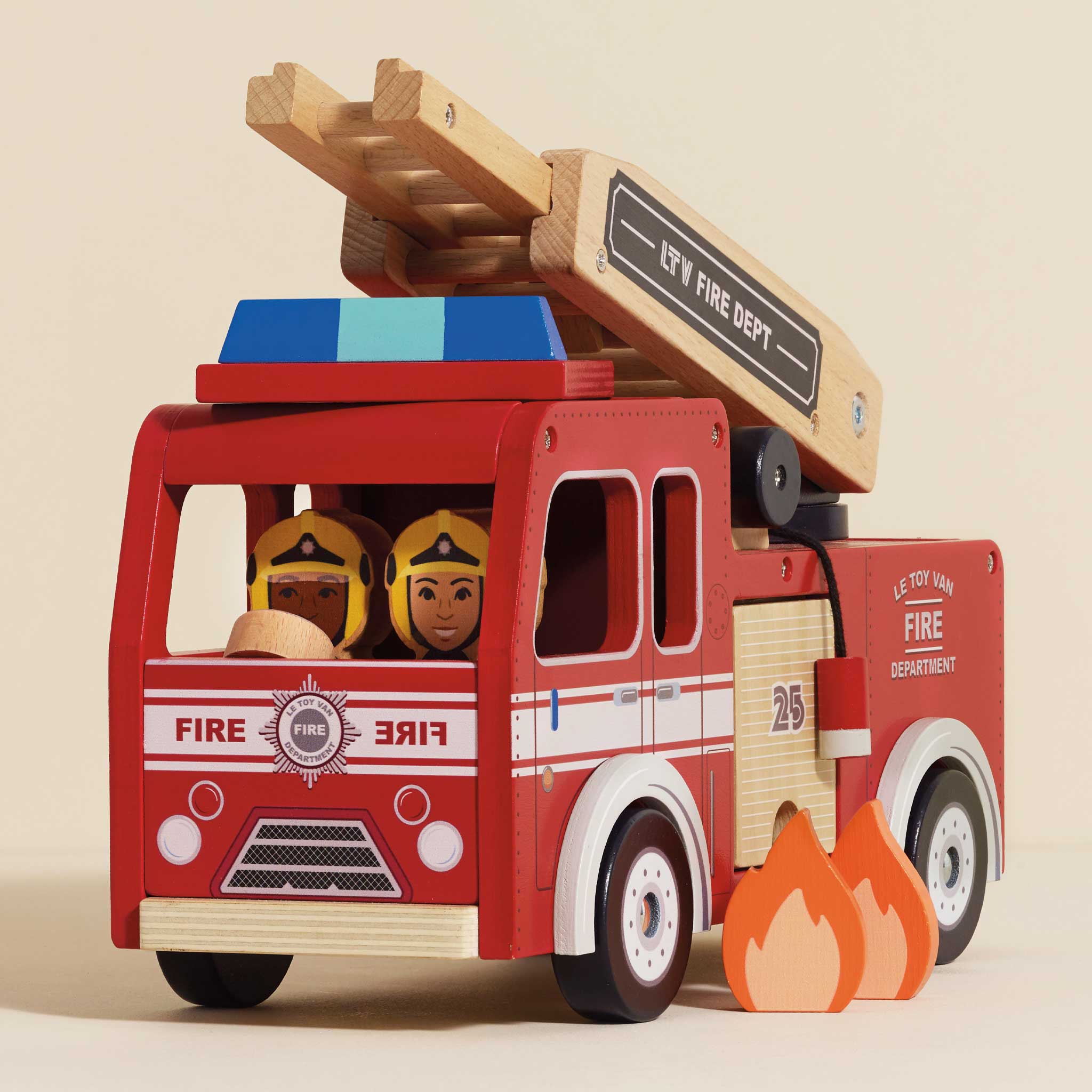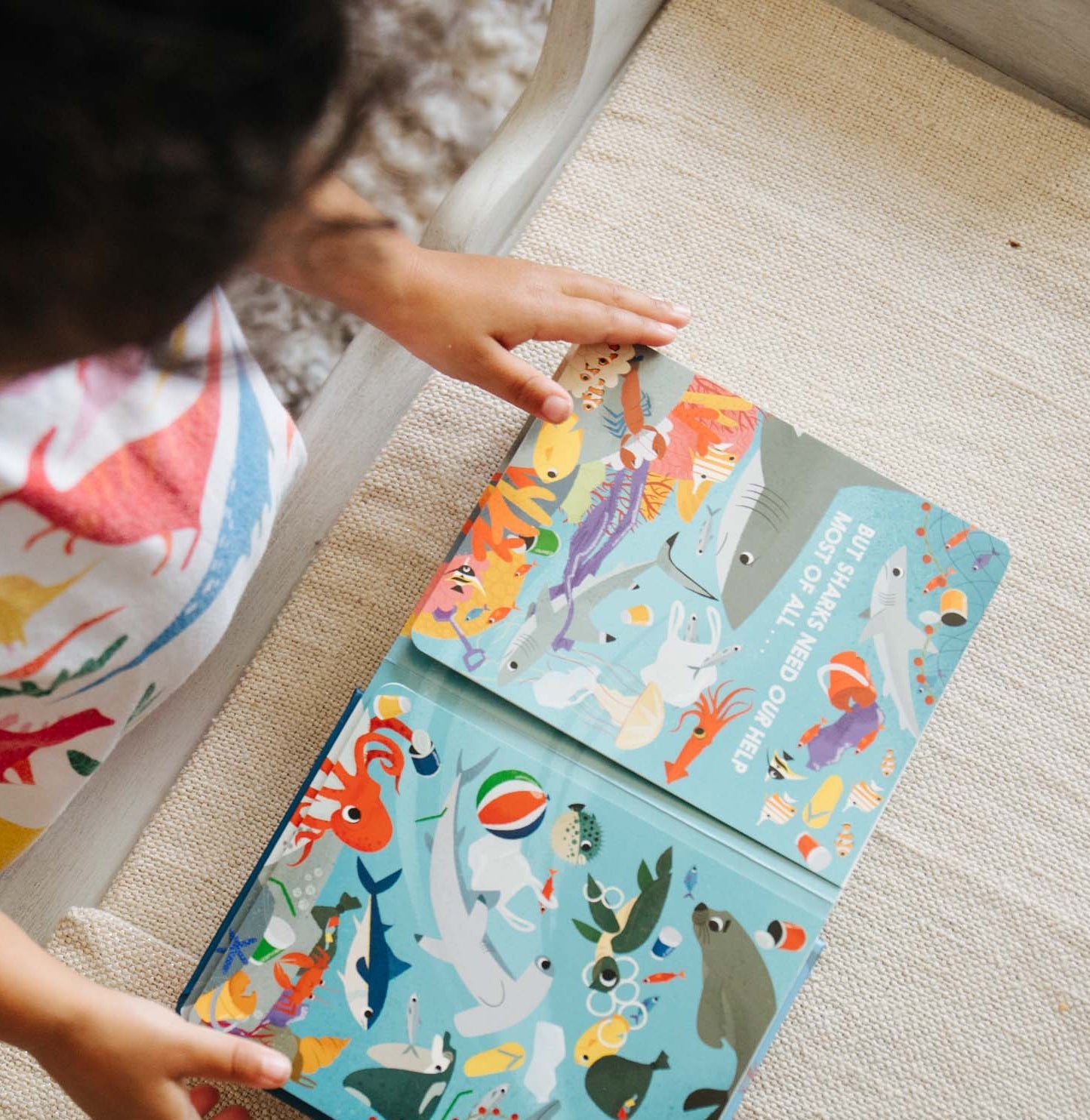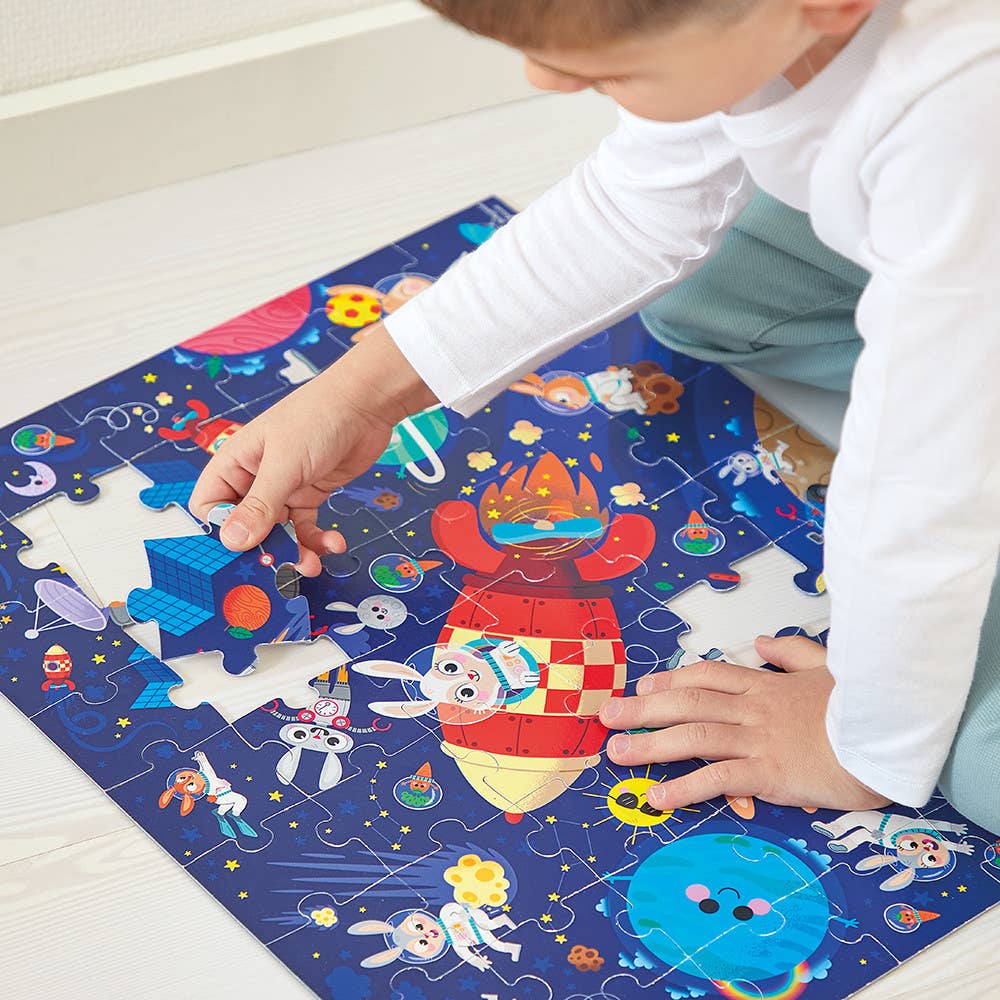Screens will always be part of childhood. Educational apps have their place. Video calls with distant grandparents matter. But when children have access to activities that truly engage their hands and minds, they often choose them. Making something, building something, figuring something out – these offer a different kind of satisfaction.
So we champion the alternatives. Not out of nostalgia, but because we've seen what happens when children discover projects that genuinely absorb them.
The Pull of Making Something Real
A six-year-old painting a wooden plane with watercolour pencils, deciding whether the wings should be blue or red or striped with both. The plane craft kit isn't complicated – wooden pieces, jumbo pencils, stars for decoration. First you paint it. Then you assemble it. Then you test it, adjust it, fly it again. And when a child launches their personally designed aircraft across the garden, there's genuine pride there.
That runs through so many absorbing activities. Folding paper into intricate shapes. Building robots that actually move. Mixing colours on canvas. These aren't passive experiences where you watch something unfold – your decisions shape the outcome.

Plane Craft Kit Activity Box - Cotton Twist
When Focus Becomes Its Own Reward
The 500-piece insects puzzle is substantial work. Five hundred pieces showcasing beetles, butterflies, praying mantises – all illustrated with striking detail by artist Owen Davey. For an eight-year-old, it might take weeks.
But here's what happens during those hours: everything else falls away. The satisfaction of finding the right piece. The gradual revelation of the image. When it's finally complete – 46 by 32 centimetres of detailed illustration – it's frameable.
The same deep focus emerges with the Liberty origami kit. Japanese paper folding meets English garden florals. Seventy-eight sheets featuring twelve different Liberty prints. Following the instructions to create modular treasure boxes requires concentration – folding precisely, following sequences, understanding how pieces interlock. It's meditative work that older children (eight and up) often seek out when they need to settle their minds.

Origami Treasure Box Kit – Liberty London
Skills That Actually Matter
The Handbook of Forgotten Skills understands that children want to be capable. More than thirty timeless skills presented with clear instructions and fascinating historical context. How to sew on a button. Skip stones. Make proper lemonade. Use a compass. Wrap packages with brown paper and string.
When a seven-year-old can actually fix a torn seam or successfully grow something from seed, that's real competence. The illustrated chapters combine practical instruction with stories: lemonade once helped fight the plague in Paris. Paper aeroplanes became popular during World War II when traditional toys weren't available.
This connects beautifully with the Grow guide. Fifteen remarkable plants and fungi, each with extraordinary abilities. The humble tomato is related to deadly nightshade. Lettuce was the first plant grown in space. Each chapter reveals a plant's surprising history alongside step-by-step growing instructions for garden or windowsill.

Grow: A Children's Guide to Plants and How to Grow Them
Creative Pursuits That Teach Without Trying
The Andy Warhol Marilyn kit is straightforward – numbered sections, six acrylic paints, two brushes, a wooden easel. But recreating Warhol's famous portrait teaches colour theory without lectures. How bold pop art colours work together. How to control a brush. And it opens conversations about modern art, about why certain images become iconic, about the 1960s pop art movement.
An eight-year-old might start because they want to make something pretty. They finish with a deeper understanding of how art works.

Andy Warhol Marilyn Paint By Number Kit – Mudpuppy
Building Things That Actually Work
The Discover Robotics box set combines learning with genuine engineering. A comprehensive reference book explores robotics – from entertainment robots to space exploration rovers to artificial intelligence. But the real engagement comes from the working robotic spider kit.
Following instructions to build a functioning robot, children encounter real engineering principles. How mechanics create movement. How circuits connect. It's STEM learning through hands-on construction, suitable for children aged eight to fourteen.

Discover Robotics Educational Box Set: Children's STEM Learning
The Natural World, Noticed
When you've spent hours studying the patterns on beetle wings in a puzzle, you notice them differently on walks. When you've read about plant superpowers in Grow, you start spotting those same plants in gardens and hedgerows.
The child who's growing tomatoes from seed suddenly notices what's growing in neighbours' gardens. The one who's completed an insect puzzle starts spotting butterflies by species. These connections happen organically.
What These Gifts Actually Give
When people search for "gifts for 5 year olds" or "what to buy a 7 year old boy," they're often looking for things that genuinely hold attention. The plane that gets painted and flown daily. The puzzle worked on over weeks. The skills book that becomes a practical reference. These aren't gifts that provide instant entertainment then get forgotten.
Making Thoughtful Choices
When you're choosing gifts – for birthdays, for Christmas, for those "just because" moments – these alternatives offer something different. Hands-on rather than passive. Making rather than watching. Skills that last.
The satisfaction on a child's face when they hold their finished painted plane. The concentration when they're deep into a challenging puzzle. The quiet pride when they've grown something from seed. These moments matter.

